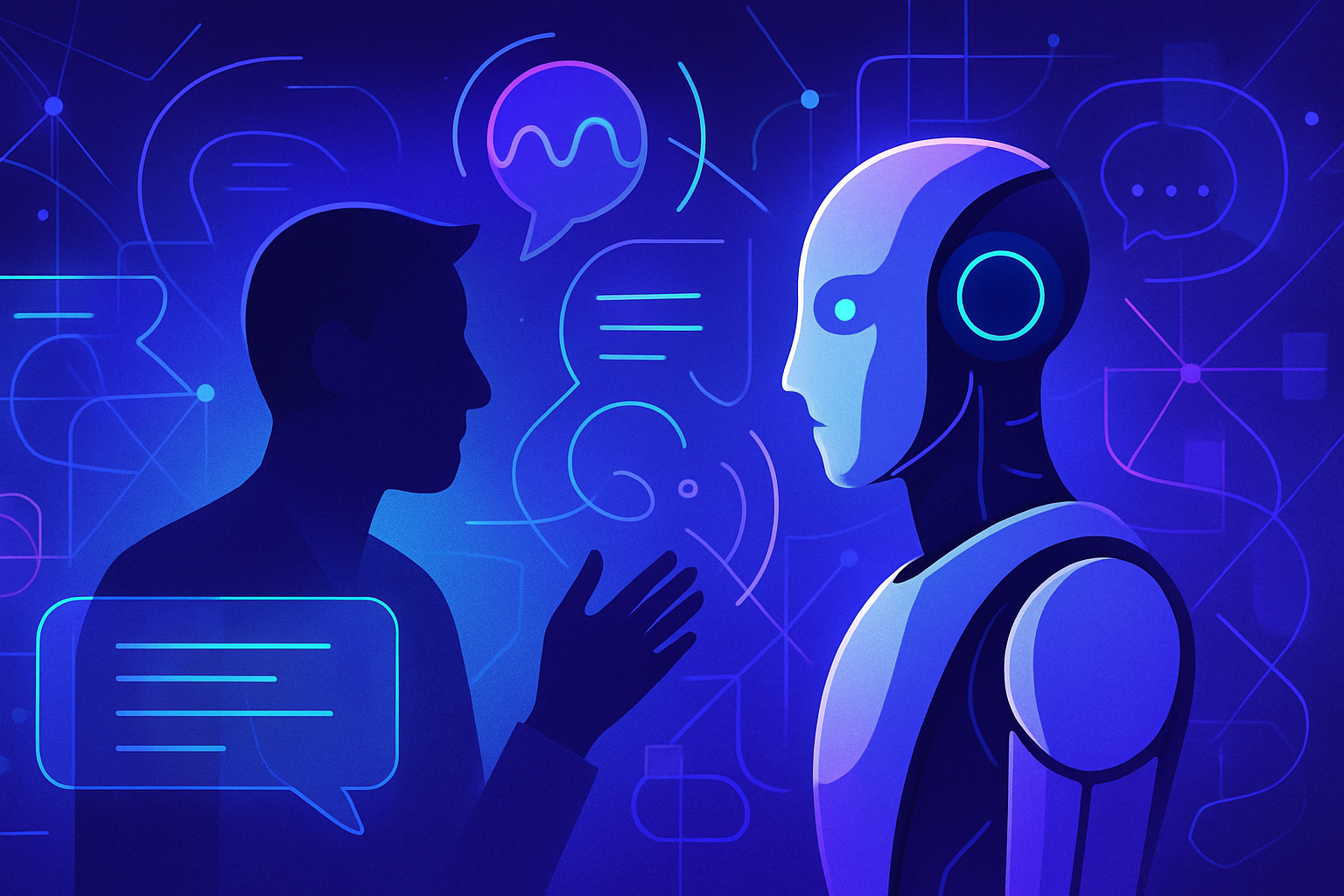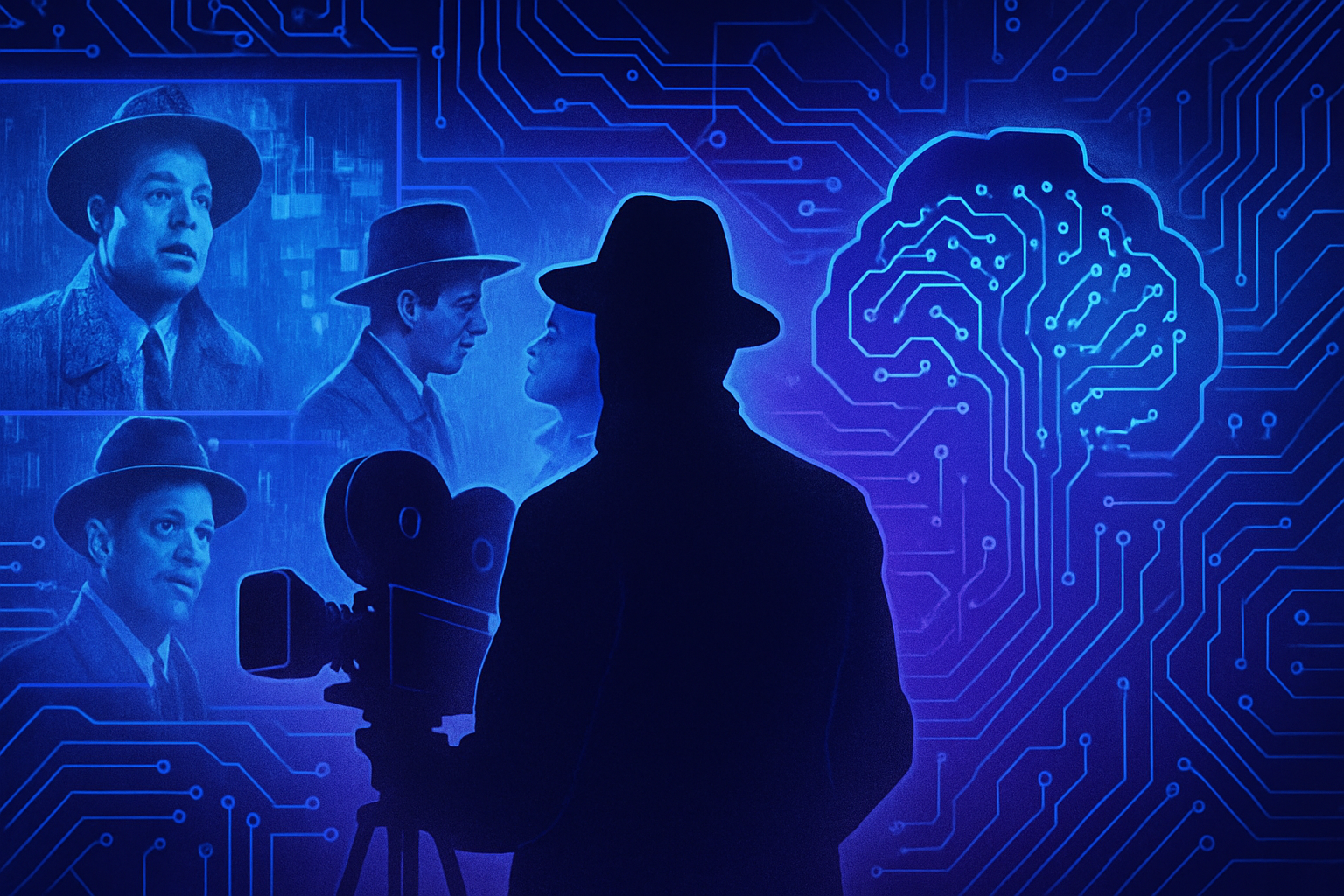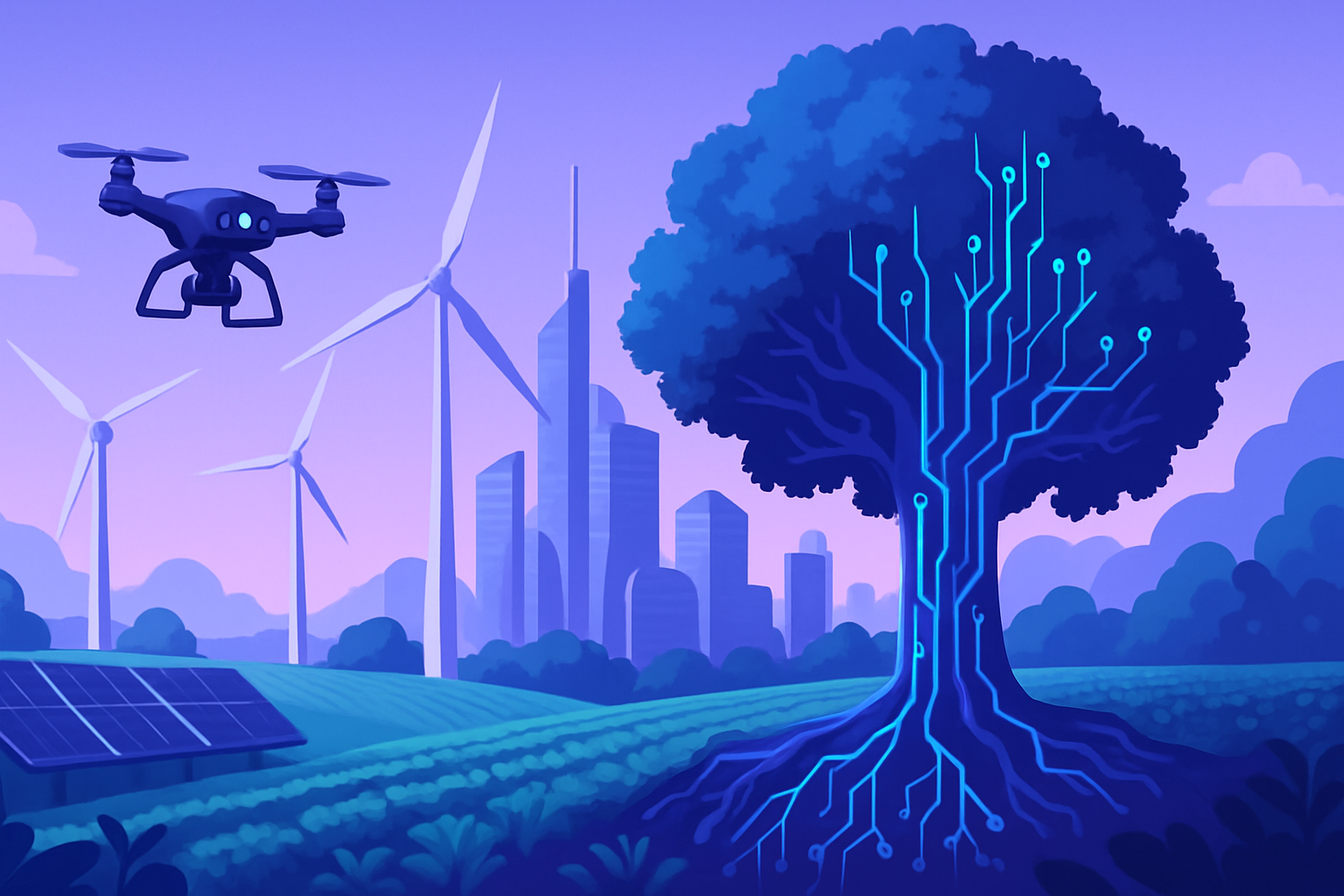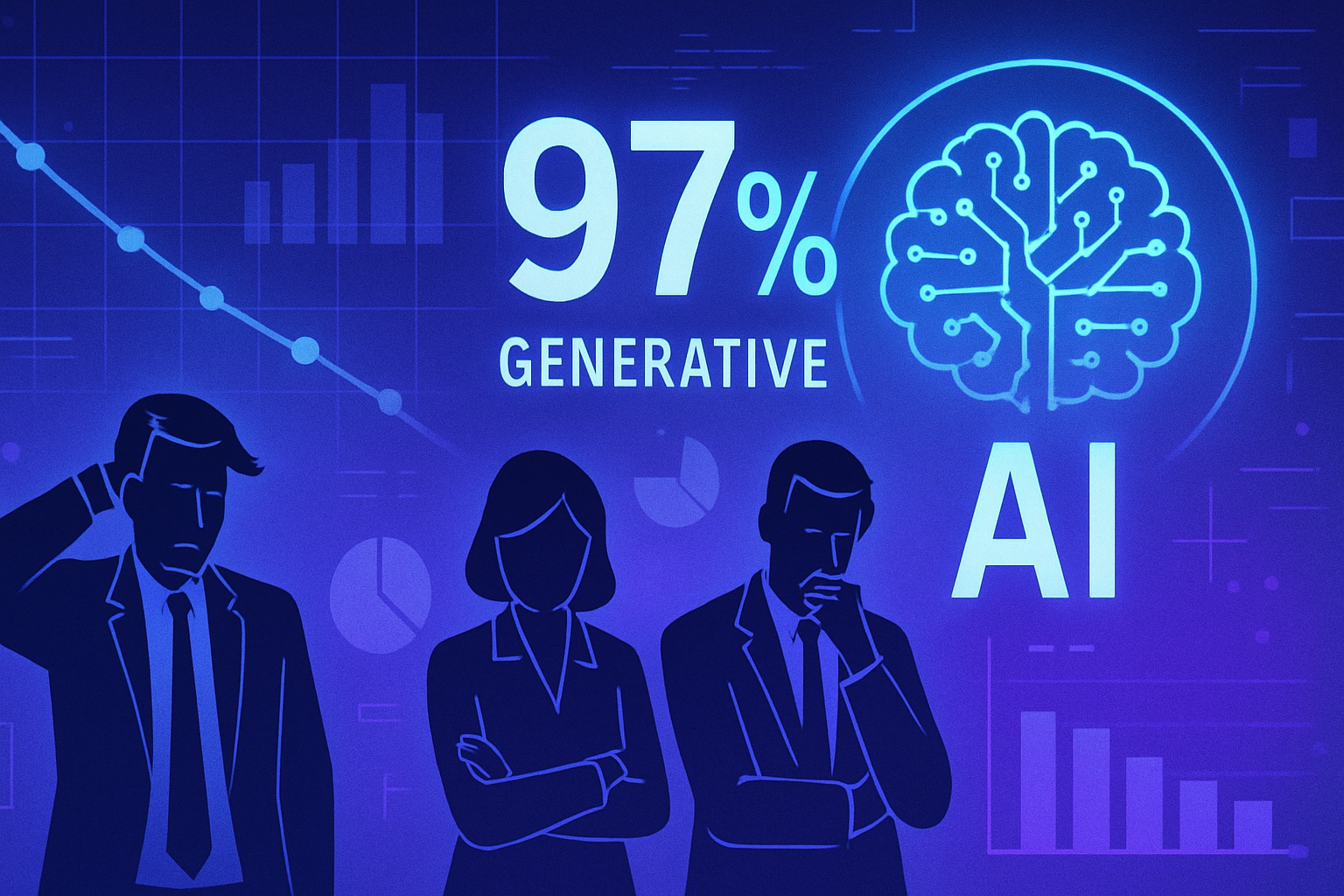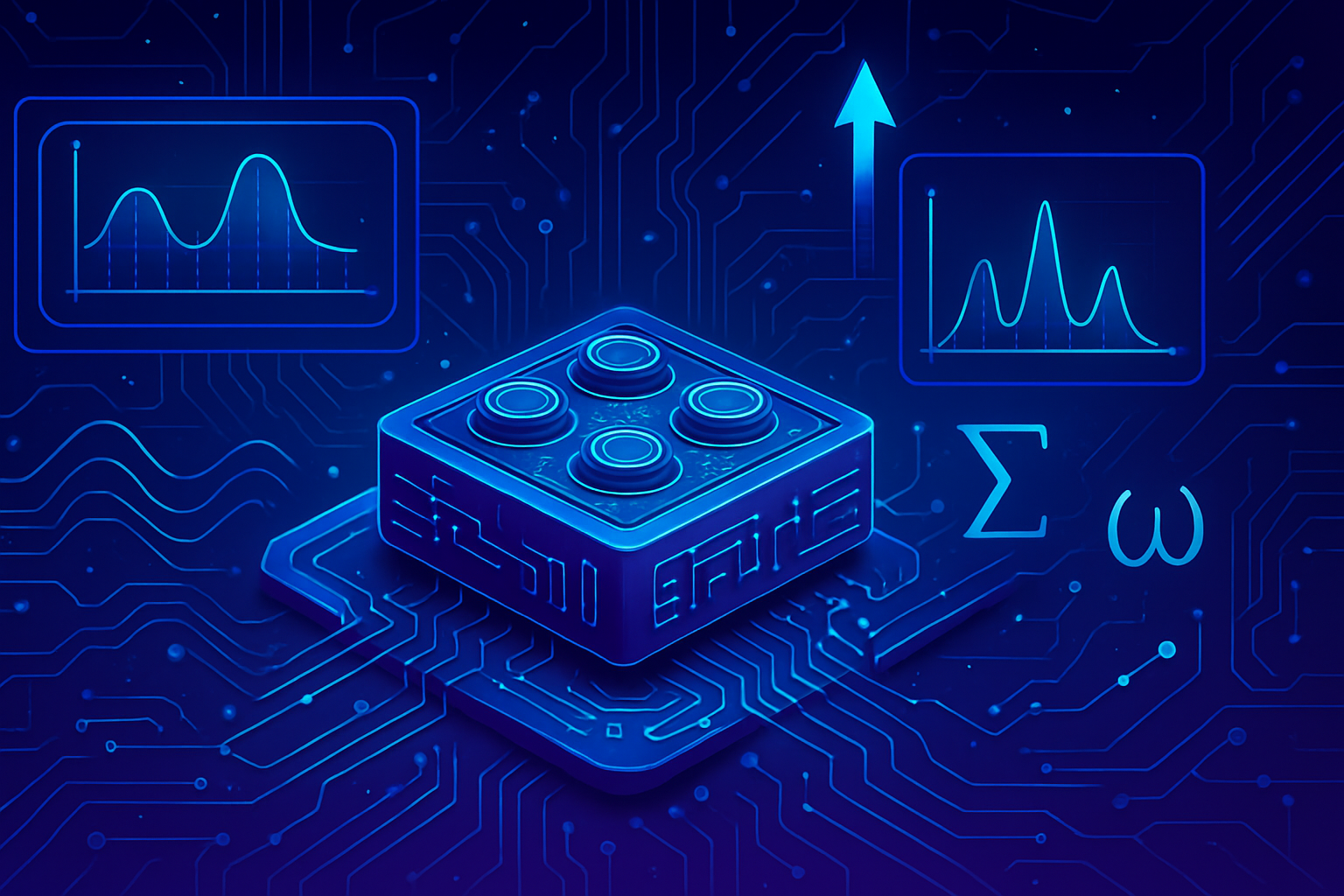The effervescence surrounding the evolution of AI models masks a fundamental challenge: communication. Artificial intelligence systems, although powerful, do not operate in harmony. This digital cacophony limits collective innovation and hinders the rise of advanced solutions. The challenge lies in establishing a common language capable of uniting autonomous agents.
The various approaches, such as the MCP, ACP, and A2A, outline a future where collaboration between AIs becomes paramount. Equipping these entities with the capability for fluid exchange could transform our relationship with technology and open unexplored avenues. Bridge the gap, envision harmony in a fragmented digital universe.
The challenge of communication between artificial intelligences
The rise of AI models, having captured the attention of specialists and media, masks a fundamental issue: communication between these intelligent systems. Different artificial intelligences, while effective, currently operate in distinct linguistic silos, creating a sort of digital “Tower of Babel.” Without a common interlocutor, their true potentials remain inaccessible.
Towards a common language for AI
The prerequisite for effective collaboration between these intelligent agents lies in establishing a universal language. Such an initiative would allow various systems to connect, exchange information, and collaborate more effectively to solve complex problems. Several proposals are emerging to overcome this barrier, some distinguished by their ambition.
The Contextual Model of Anthropic
Among the notable initiatives, Anthropic’s Contextual Model Protocol (MCP) is at the forefront. This approach aims to provide an organized and secure framework to allow AI models to access external tools and data. While this facilitates interaction within the same system, this solution does not address the necessity for inter-agent cooperation.
The Agent Communication Protocol (ACP)
To foster peer-to-peer communication between intelligent agents, IBM developed the Agent Communication Protocol (ACP). This open-source project relies on familiar web technologies. This simplifies its adoption while enabling a more decentralized and collaborative architecture, where intelligence is distributed among multiple agents.
The Agent-to-Agent Protocol (A2A)
Google also offers an alternative with its A2A protocol. Intended to complement the MCP, the A2A aims to structure collaboration among multiple artificial intelligences so they can efficiently exchange responsibilities and information. The “agent cards” enable each AI to introduce itself and facilitate interactions.
From fragmentation to synergy
The varying visions of these protocols reveal diverse philosophies for the future of communication between AIs. While the MCP envisions a universe where a central intelligence employs various tools, the ACP and A2A advocate for a decentralized model. This dynamic could lead to increased fragmentation if protocol variants fail to harmonize.
A future rich in possibilities
Imagining a scenario where a team of AIs works together to design a new product becomes plausible thanks to these advances. For instance, an AI dedicated to market analysis could cooperate with another in charge of design, and a third handling production. Such collaboration would multiply innovation prospects across various fields.
The implications of this evolution in information and expertise exchange are immense, especially in sectors like medicine. A network of medical agents analyzing patient data and suggesting personalized treatments would radically transform medical practice.
The challenges to overcome
The “protocol wars” raise genuine concerns about the future of interactions between artificial intelligences. The risk of duplication and fragmentation of communication systems seems imminent. The future will certainly involve a coexistence of various protocols, each optimized for its specific task.
The search for a common language for AI represents one of the major challenges of the coming years. Each advancement in this field could transform our relationship with artificial intelligences, providing an indispensable resource in the quest for solutions to contemporary issues.
To learn more about these fascinating developments, many resources are available, including major events such as the AI & Big Data Expo, gathering key industry players to address these crucial questions. Other articles continue to scrutinize these topics, enriching our collective understanding of the dynamics of artificial intelligences.
For further in-depth exploration, you can check out articles like these: Google’s return to AI, the resignation of the Astronomer leader, or explore studies on the era of supersonic AI.
FAQ on the communication challenge of AIs beyond the Turing test
What is the Turing test and why is it important?
The Turing test is a criterion proposed by Alan Turing to measure a machine’s ability to exhibit intelligent behavior akin to that of a human. While important, it represents only one aspect of artificial intelligence, not taking into account communication between different AIs.
Why is communication between AIs so critical?
Communication between AIs is essential for them to collaborate effectively and share knowledge. Without a common method to exchange information, their revolutionary potential remains underutilized.
What are the main communication protocols for AIs?
Among the main protocols are the Model Context Protocol (MCP), the Agent Communication Protocol (ACP), and the Agent-to-Agent Protocol (A2A). Each offers a unique approach to facilitate communication between artificial intelligence systems.
How does the MCP protocol facilitate communication for AIs?
The MCP protocol allows an AI to use multiple tools and external resources securely and organized. However, it is primarily designed for a single AI to interact with different tools rather than for collaboration between multiple AIs.
How is the ACP protocol different from the MCP?
The ACP protocol was developed to enable communication between AIs as peers, fostering a decentralized environment. Unlike the MCP, it adheres to well-established web technologies, making its adoption simpler for developers.
How does the A2A protocol enhance collaboration between AIs?
The A2A protocol benefits from an agent card model, similar to digital business cards, to facilitate discovery and mutual understanding between AIs. This allows them to exchange information and tasks seamlessly, making their collaboration more effective.
What challenges do AIs face in their current communication?
AIs face challenges such as protocol fragmentation, the diversity of mixed systems, and the absence of a common language, complicating their ability to work together on complex tasks.
How could a universal language for AIs transform their use?
A universal language would enable AIs to collaborate on complex projects, for example, bringing together agents specialized in different fields to design a new product or develop personalized medical treatments, maximizing their collective efficiency.
Are there risks associated with the fragmentation of AI communication protocols?
Yes, fragmentation of protocols can lead to increased complexity, making it difficult to integrate AI systems and risking hindering technological advances in the field. Standardization or a harmonized approach would be necessary to avoid this.
How can businesses prepare for these AI communication challenges?
Businesses should invest in training and research on AI communication protocols. Adopting open and flexible solutions will allow them to adapt to technological changes and make the most of their artificial intelligence tools.
